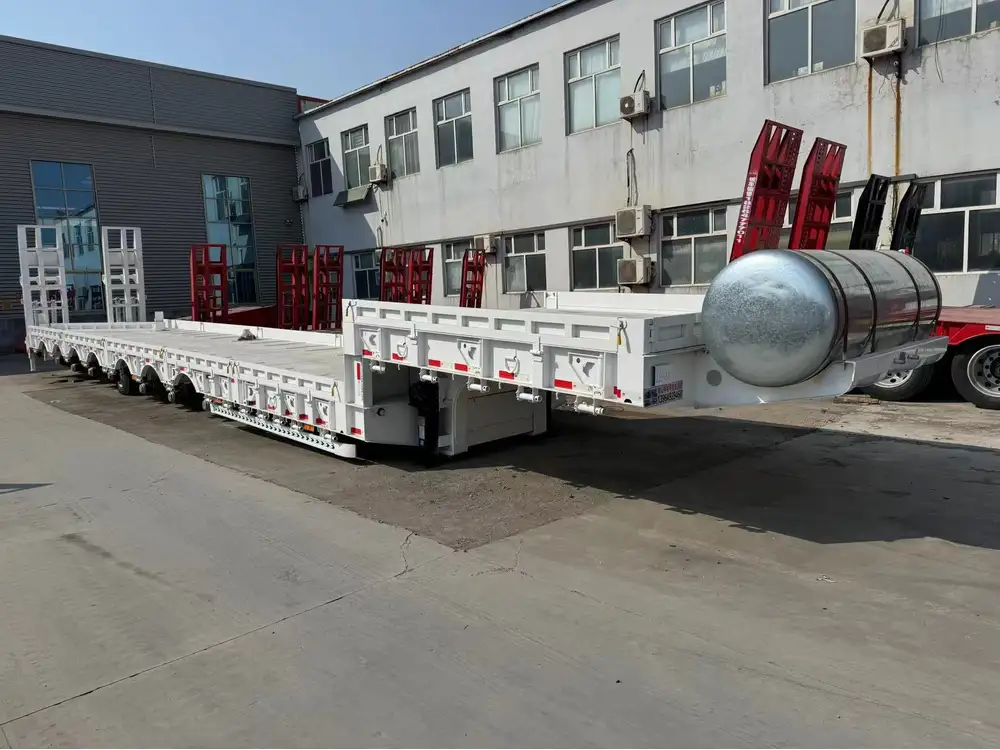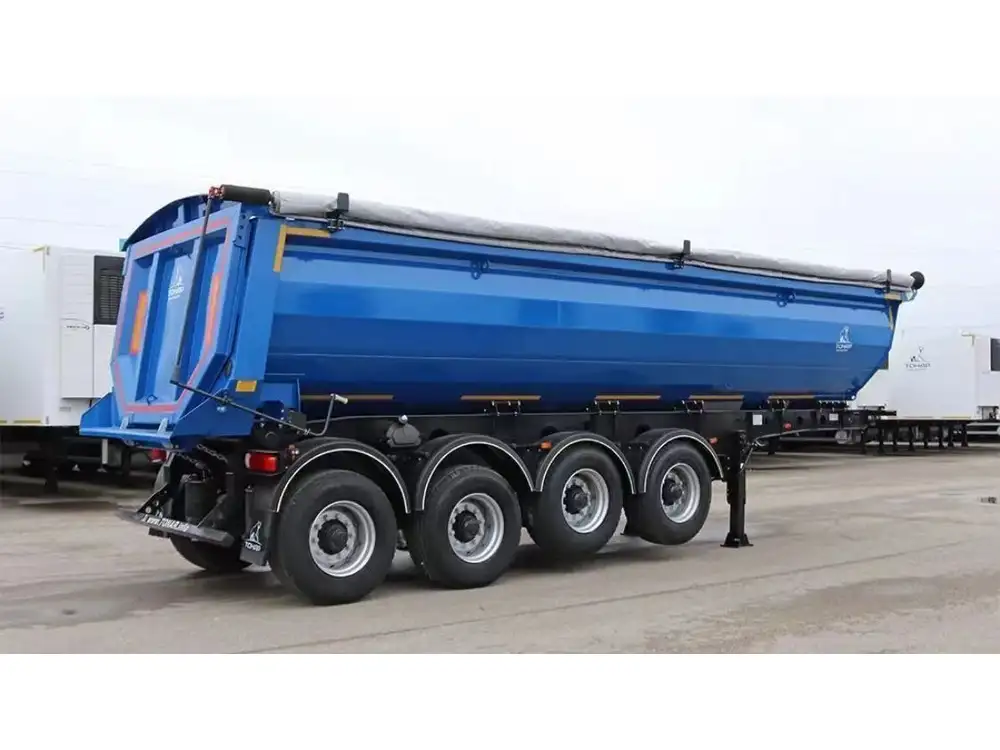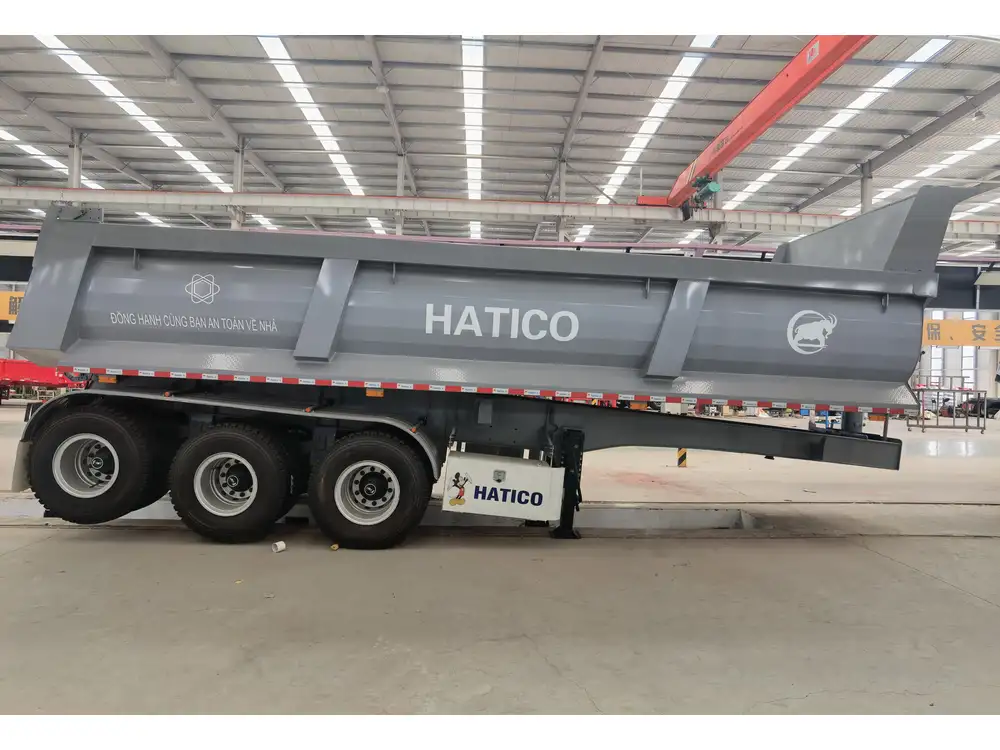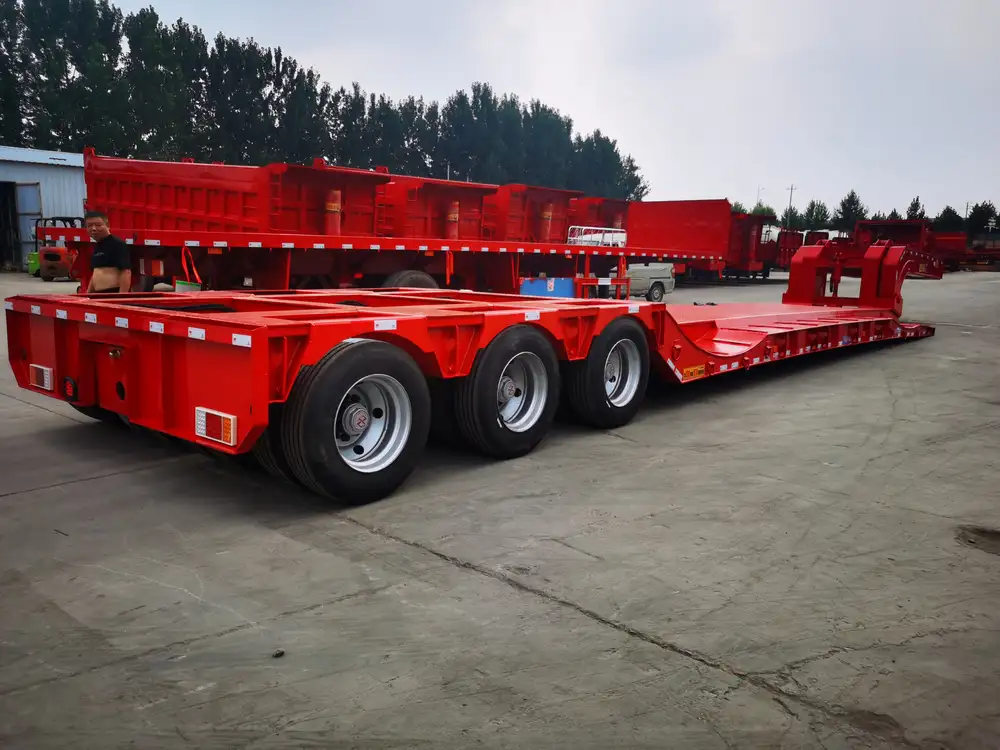When it comes to logistics and transportation, semi-trailers are integral to the efficient movement of goods across vast distances. A common inquiry among those in the transportation industry is: How tall is a typical semi-trailer? This article delves into the various aspects of semi-trailer heights, covering specifications, regulations, and factors influencing trailer height selection.
What Is the Typical Height of a Semi-Trailer?
The average height of a semi-trailer typically ranges from 13.5 to 14 feet (4.1 to 4.3 meters) when fully loaded. This standard height accommodates a wide array of cargo types, making it suitable for most transportation needs.
| Type | Typical Height (ft) | Typical Height (m) |
|---|---|---|
| Standard Semi-Trailer | 13.5 ft | 4.1 m |
| High Cube Trailer | 14 ft | 4.27 m |
| Specialty Trailers | Varies | Varies |
Understanding the Height Specifications
Standard Design:
- Semi-trailers are designed to optimize the space for cargo while adhering to highway regulations.
- Most trailers feature a height of 13.5 feet, balancing load capacity and roadway clearance.
High Cube Trailers:
- These trailers rise to a height of 14 feet, providing additional vertical space, which allows for more cargo without exceeding weight restrictions.
- Popular for transporting high-value or voluminous items, these trailers maximize cubic capacity.
Specialty Trailers:
- From flatbeds to lowboys, specialty trailers come in various heights suited for specific cargo types. Each design serves unique functions and may vary significantly in height.

Factors Influencing Semi-Trailer Height
Several elements dictate the height selection of a semi-trailer. These considerations can significantly impact transport efficiency and regulatory compliance.
1. Regulatory Compliance
Different regions and countries enforce specific height regulations to ensure safety on public roads. For instance:
| Region/Country | Maximum Height (ft) | Maximum Height (m) |
|---|---|---|
| United States | 13.5 ft | 4.1 m |
| Canada | 13.6 ft | 4.15 m |
| European Union | 13.1 ft | 4.0 m |
Exceeding maximum heights can lead to fines and required adjustments to routes, making it critical to be knowledgeable about local regulations.
2. Cargo Type and Weight
- Certain cargo types necessitate specialized trailers with varying heights. For example, oversized or bulky items typically require higher trailers.
- Weight considerations are equally vital, as certain loading configurations may push the load center higher and influence overall height.

3. Route Considerations
- Transporting goods often involves navigating underpasses, bridges, and low-clearance sections.
- Knowledge of the chosen route’s height limitations is essential in selecting an appropriate trailer to avoid delays or accidents.
4. Operational Efficiency
- A well-designed semi-trailer height supports optimal loading and unloading processes.
- Additionally, a height that accommodates loading docks effectively simplifies cargo handling, which can enhance turnaround times.
How to Measure Semi-Trailer Height
Measuring the height of a semi-trailer involves several steps to ensure accurate results.
Select the Right Location:
- Ensure the trailer is on level ground to avoid discrepancies in height measurements.
Tools Required:
- Use a measuring tape or laser measuring tool capable of reaching the top of the trailer.
Measure from the Ground:
- Measure from the ground to the highest point on the trailer, generally the roof.

Tips for Accurate Measurements
- Account for any added equipment such as tarps, lights, or other accessories that might increase height.
- Recheck measurements to ensure their accuracy, especially before setting out on new routes.
The Importance of Height Visibility in Semi-Trailers
In the trucking industry, height visibility is crucial for several reasons:
- Safety: Ensuring that trailer heights are accurately communicated helps avoid accidents during transportation.
- Efficiency: Clear height markings facilitate a more straightforward loading and unloading process, improving operational efficiency.
Recommended Practices for Visibility
- Mark the overall height of the trailer on its side panel for easy reference.
- Employ reflective or brightly colored tape to highlight the trailer’s height, especially in low-light conditions.

A Comparative Analysis: Semi-Trailer Types Based on Height
With varying trailer types available, the decision often hinges on height and functionality. Here’s a comparative analysis of several trailer types concerning their height and load capabilities.
| Trailer Type | Height | Load Capacity | Ideal Use |
|---|---|---|---|
| Standard Semi-Trailer | 13.5 ft | Up to 45,000 lbs | General freight and logistics |
| High Cube Trailer | 14 ft | Up to 45,000 lbs | Bulky items and high-value goods |
| FlatbedTrailer | Varies (10-13 ft) | Up to 48,000 lbs | Construction materials and machinery |
| Lowboy Trailer | Varies (up to 14 ft) | Up to 40,000 lbs | Oversized machinery and equipment |
Conclusion: Choosing the Right Height for Your Semi-Trailer Needs
Understanding the height of a semi-trailer is not a trivial aspect of logistics; it is foundational to safety, efficiency, and regulatory compliance.
Companies must evaluate their operational needs carefully, considering all factors—regulatory constraints, cargo types, route limitations, and overall efficiency.
By gaining insights into the various types and standard measurements, businesses can make informed decisions that lead to smoother operations and more successful logistics strategies.
Ultimately, whether opting for a standard semi-trailer, a high cube, or a specialized type, ensuring the appropriate height can significantly influence the success of a transport operation in today’s competitive landscape.



